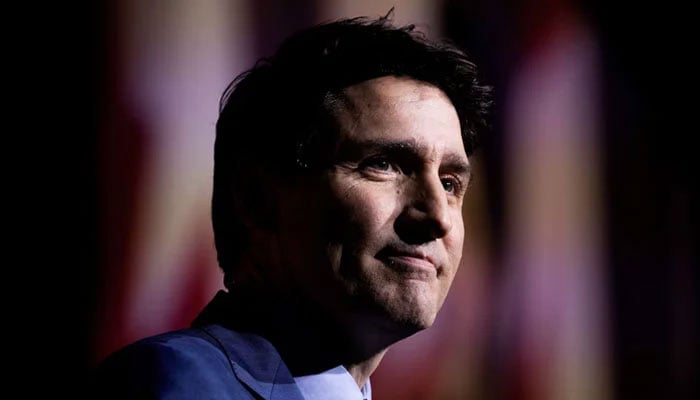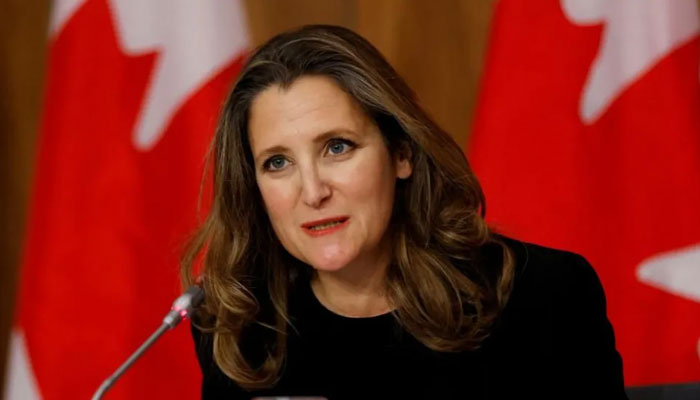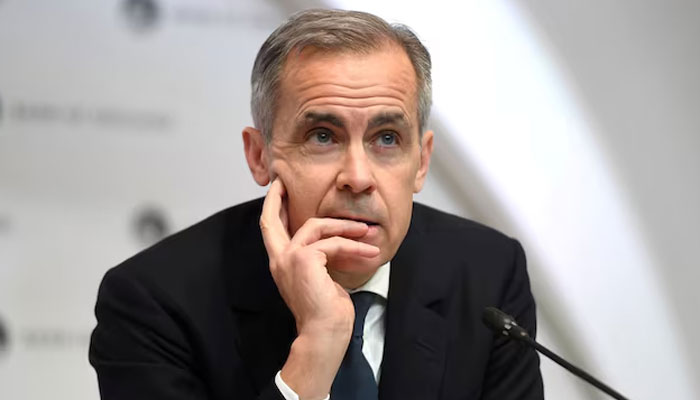PM Trudeau resignation

With no clear successor to Canadian Prime Minister Justin PM Trudeau resignation, his abrupt decision of stepping down as premier and leader of the Liberal Party took everyone by surprise, triggering several questions, including who will take over and how they will manage a looming federal election.
Trudeau has been ruling Canada since 2015, when he brought the Liberals back to power from the political wilderness.
Bowing down to mounting pressure, PM Trudeau resignation announces, bringing a long political chapter to an end in the country, BBC reported.
The premier said that he will remain at the helm until a new Liberal leader is selected.

Addressing Canadian nation, the PM said the country’s governor general had accepted his request to prorogue Parliament – essentially a suspension that will stop all proceedings, including debates and votes, without dissolving parliament.
The latest prorogation will freeze parliament until 24 March, just four days before a scheduled March 28 vote on supply to allow the federal government to operate.
Usually, leaders of Canada’s federal parties are chosen over a four or five month period, a process that includes a formal leadership convention.

On Monday, PM Trudeau resignation said a new leader would be chosen through a “robust, nationwide, competitive process”.
“I am excited to see the process unfold in the months ahead,” he added.
However, former finance minister Chrystia Freeland, Transport Minister Anita Anand and formal central banker Mark Carney could emerge as potential successor of Trudeau.
On the other hand, polls indicate that if election were to be held today, the official opposition Conservative Party would be handed a decisive victory.